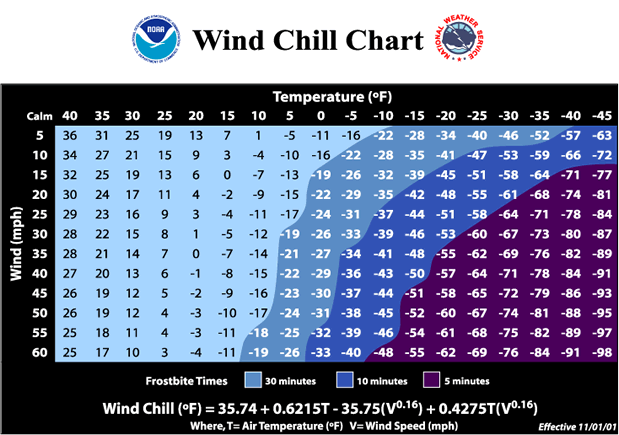

| JOIN OUR TEAM | BECOME A LICENSED PROVIDER | AMBULANCE DRIVER |
RESCUE |
OFF ROAD RESCUE | HOME |
  |
KNOW YOUR WINTER WEATHER TERMS NOAA's National Weather Service urges residents to keep abreast of local forecasts and warnings and familiarize themselves with key weather terminology. Winter Storm Warning: Issued when hazardous winter weather in the form of heavy snow, heavy freezing rain, or heavy sleet is imminent or occurring. Winter Storm Warnings are usually issued 12 to 24 hours before the event is expected to begin. Winter Storm Watch: Alerts the public to the possibility of a blizzard, heavy snow, heavy freezing rain, or heavy sleet. Winter Storm Watches are usually issued 12 to 48 hours before the beginning of a Winter Storm. Winter Storm Outlook: Issued prior to a Winter Storm Watch. The Outlook is given when forecasters believe winter storm conditions are possible and are usually issued 3 to 5 days in advance of a winter storm. Blizzard Warning: Issued for sustained or gusty winds of 35 mph or more, and falling or blowing snow creating visibilities at or below ¼ mile; these conditions should persist for at least three hours. Lake Effect Snow Warning: Issued when heavy lake effect snow is imminent or occurring. Lake Effect Snow Advisory: Issued when accumulation of lake effect snow will cause significant inconvenience. Wind Chill Warning: Issued when wind chill temperatures are expected to be hazardous to life within several minutes of exposure. Wind Chill Advisory: Issued when wind chill temperatures are expected to be a significant inconvenience to life with prolonged exposure, and, if caution is not exercised, could lead to hazardous exposure. Winter Weather Advisories: Issued for accumulations of snow, freezing rain, freezing drizzle, and sleet which will cause significant inconveniences and, if caution is not exercised, could lead to life-threatening situations. Dense Fog Advisory: Issued when fog will reduce visibility to ¼ mile or less over a widespread area. Snow Flurries: Light snow falling for short durations. No accumulation or light dusting is all that is expected. Snow Showers: Snow falling at varying intensities for brief periods of time. Some accumulation is possible. Snow Squalls: Brief, intense snow showers accompanied by strong, gusty winds. Accumulation may be significant. Snow squalls are best known in the Great Lakes region. Blowing Snow: Wind-driven snow that reduces visibility and causes significant drifting. Blowing snow may be snow that is falling and/or loose snow on the ground picked up by the wind. Sleet: Rain drops that freeze into ice pellets before reaching the ground. Sleet usually bounces when hitting a surface and does not stick to objects. However, it can accumulate like snow and cause a hazard to motorists. Freezing Rain: Rain that falls onto a surface with a temperature below freezing. This causes it to freeze to surfaces, such as trees, cars, and roads, forming a coating or glaze of ice. Even small accumulations of ice can cause a significant hazard. |
|
When Caught in a Winter
Storm... |
||
| Outside | In a Vehicle | At Home |
Find Shelter:
|
Stay in Your Vehicle
and Run the Motor Sparingly:
|
Stay Inside:
|
|
|
Other Information & Resources
Thunderstorms, Tornadoes, Lightning...Nature's Most Violent Storms
Join the Mountain Ambulance Service Today